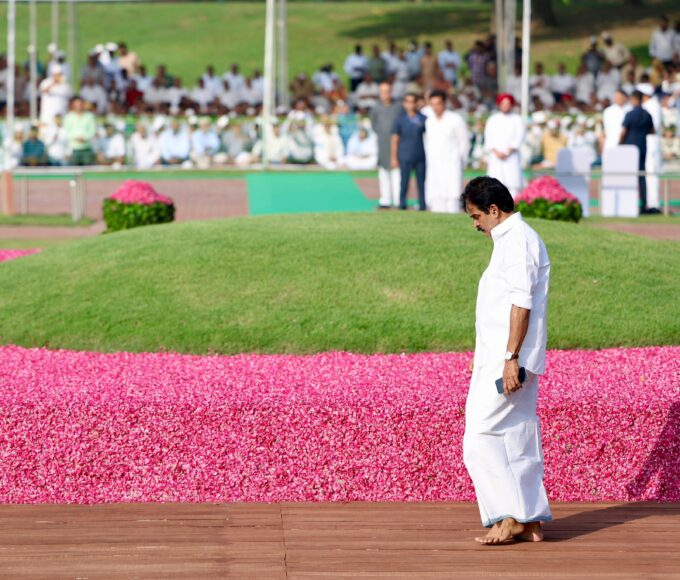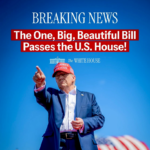PRECIOUS metals especially gold and silver are likely to see heightened action emerging as the most sought-after investment avenues in the uncertain post Covid-19 scenario. Governments of most countries and leading central banks of the world have unleashed liquidity in abundance to tackle the economic slowdown resulting from the virtual absence of all economic activities due to the pandemic. Major resources have been diverted to spruce up medical facilities so that fatalities resulting from the pandemic can be minimised. Also, liquidity infusion had become necessary to generate demand and reignite economic activities so that incidence of unemployment and poverty can be minimised.
However, as has been observed earlier also, such liquidity has a tendency to flow more towards risky assets such as equities resulting in a bull run, as witnessed after each such economic crisis. Markets world over, including India, have in fact been witnessing such a momentum during the months of April, May and in fact extending well to the beginning of June despite no meaningful economic activity starting as yet. But it is precious metals that are likely to witness a big momentum in the coming days due to the fact that most health experts have not only been talking of the disease persisting for a longer period than expected but also the fact that there are going to be second and third waves of the pandemic that may be deadlier than what has been witnessed till date.
Investments in precious metals can primarily be made in two ways—with investors either preferring to buy them in physical form or go-ing for the paper version of the same such as Sovereign Gold Bonds issued by the Reserve Bank of India. The second option not only gives the investor the comfort of buying such metals online avoiding all the hassles and risks relating to storage. Also, the governments of most countries encourage investments in this format as it enables them to only control the physical demand of such metals that may be extremely difficult for them to meet but also channelise such money for more productive purposes thereby giving a boost to economic growth. The money spent to buy precious metals that are stored in physical form practically goes out of circulation and remains largely unproductive. Also, Sovereign Gold Bonds has the added advantage of investors earning an interest annually besides the assurance of get-ting the price of the gold on the date of maturity. However, gfiles based on the survey of some investors, has been surprised to observe a trend that is different this time. It has been observed that investors are keener to buy physical metal than the paper one. The reasons cited were increased uncertainties in the future and avoidance of lock-in period, etc., that comes with the paper form of investment.
Besides informal channels, investors are most likely to transact in these precious metals through any of the major multi-commodity ex-changes functioning in the country. However, some of the incidents regarding the functioning of these exchanges and the regulatory lapses on the part of SEBI have shaken the confidence of not only the investors but the trading members as well in the recent past. To quote Hindu Business Line of August 12, 2019, “Gold prices rose to over Rs 38,000 per 10 gram. This resulted in record delivery of contracts traded on the MCX. But the exchange had to hike its insurance cover for gold overnight to manage the delivery. MMTC-PAMP, a bullion re-finery that tried to deliver the contracts, faced hurdles as one of the bullion vaults first sought adequate cover. It was feared that traders seeking delivery of Gold may not have adequate capital as it was for the first time that such a huge amount of metal was marked for delivery. The MCX witnessed record delivery of 5,158 kg (valued at Rs 1,821 crore) in August 2019 delivery.”
There are concerns that such a scenario may get repeated in near future. There can be several reasons people may prefer to take physical delivery of gold and silver. Legendry author Mike Maloney in his much celebrated book “Guide to Investing in Gold & Silver” talks of some of the reasons that tilt investor preference for buying gold and silver in physical form. They are:
- Gold and silver are the only assets that have never failed because of their inherent value that will never fall to zero.
- They are financial assets completely private and not part of the financial system. Even real estate requires transfer of title. Gold and silver do not.
- They are one of the few financial assets that are not simultaneously someone’s liability. Stocks, bonds, and derivatives require the performance of issuer or counterparty. Even cash requires the performance of the government that issues it to have value. If a government fails, so does its currency. Gold and silver never fail.
- They can be wholly owned. Even owning real estate requires payment of property tax regularly.
- They are safe haven investments that rise during economic upheaval, war, terrorism, and natural disaster.
- They have proven track record of performing well in inflation.
- Physical gold and silver are money in and of themselves. With high value density, they have the same value for a unit.
Also, it is observed that over a period, investors have been experiencing increasing divergence between the price of physical gold and silver than what is quoted by most exchanges in the country. The gap is seen to be widening to as much as around 10 per cent. In fact, in the recent past, especially in US and UK, there has been a genuine dearth of physical gold and silver. This may prompt many investors going long on these precious metals to insist for delivery on the settlement day. According to rough estimates, the paper gold to physical gold ratio is around 200 to 250 and that of paper silver to silver is more than 250.
There is concern about the ability of commodity exchanges to honor all obligations without disrupting normal functioning in the event of a large number of investors insisting on actual delivery
As against gold, silver has hundreds of industrial uses where it gets used in very tiny amounts that eventually end up in waste/garbage piles. To quote Mike Maloney again, at the current rate of usage, the time that aboveground stocks of silver would last if all mining activity were to cease is now down to just four months. All this implies that in the coming times laden with lots of uncertainties, the price of gold and silver may move up beyond the expectations of most of us. The unexpected volatility in the prices of precious metals may pose challenges for both the commodity exchanges as well as the regulators. It is only very recently that the regulator has got a taste of something similar, though not in case of precious metals but for crude oil.
According to a Bloomberg report of April 27, 2020, the benchmark Nymex crude for May settlement tumbled from $13 abarrel to minus $37.63 at close on April 20. For brokers in India tracking WTI crude oil prices for trading on MCX, it was a double whammy. Not only was the exchange not prepared for negative prices, but they were also locked out of trading at 5.00 p.m. as SEBI had curtailed trading hours during lockdown. Despite Nymex alerting about the possibility of prices to fall below zero and asking its members including MCX to pre-pare for it, it didn’t pay heed; neither did brokers nor the regulator in India. Three brokers—Motilal Oswal Financial Services Ltd, Religare Broking Ltd, and PMC Securities Ltd—have dragged MCX, its clearing corporation, and SEBI to the Bombay High Court for the losses citing trading restrictions and inadequate risk management.
The moot question is, are commodity exchanges such as MCX and regulatory authorities such as SEBI prepared for an eventuality of this kind so that the faith of investors in the smooth functioning of commodity exchanges is not shaken again and investors do not suffer due to the lackadaisical attitude of the regulator. A detailed query by gfiles about what steps both SEBI and MCX have initiated to ensure that the prices of these metals are not rigged as also the ability of the concerned commodity exchanges to honour all obligations without disrupting normal functioning in the event of a large number of investors insisting on actual delivery has remained unanswered despite several reminders.





























































